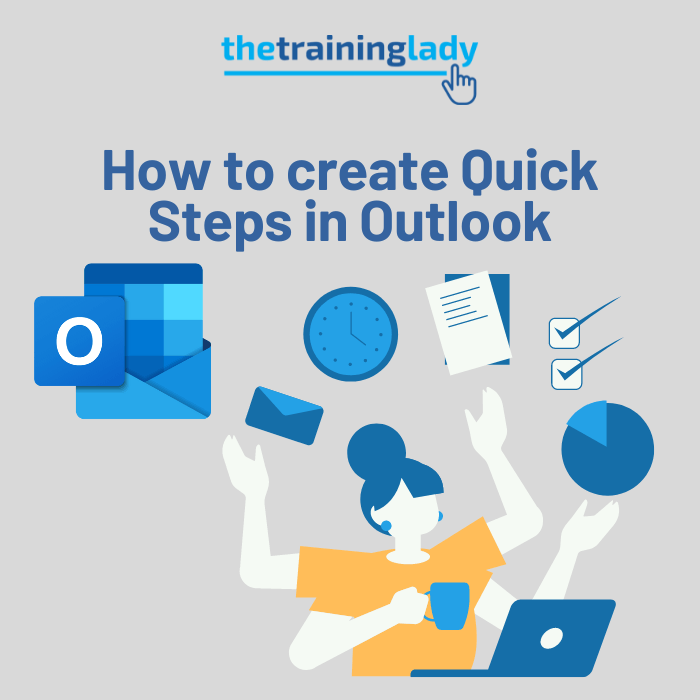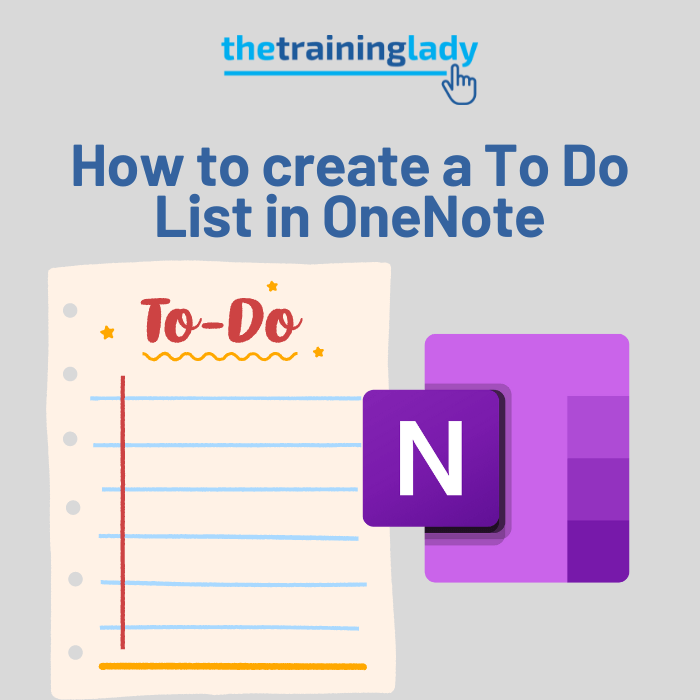Learning a new program, such as Excel, can be both exciting and challenging, as it often involves understanding a new interface, terminology, and workflow. A good practice is to start with the basics: familiarise yourself with the layout, menus, and primary functions.
Even if you have been an avid user of Excel for a long period, it’s always a good idea to be familiar with the correct terminology of elements so that when using online references (such as this site) you can locate documentation and tips easily and quickly.
What is a Spreadsheet?
Firstly let’s define the term spreadsheet. A spreadsheet is a grid of columns and rows. It has numbers down the rows and letters across the columns which identify the row and column names. A Microsoft Excel spreadsheet is referred to as a workbook. By default, a workbook in Microsoft Excel contains one (1) page or 1 “worksheet”.
Workbook vs. Worksheet
Common references in relation to Microsoft Excel include: “workbook” and “worksheet”. These terms do have individual meanings when working with Excel.
- A workbook contains one (1) worksheet by default and is the reference used when referring to an Excel file.
- A worksheet is a single sheet or page within a workbook which contains rows, columns, and cells.
It is easy to think of a workbook as a physical book. It contains worksheets which act as separate pages. This structure allows users to have one workbook, for example to track household expenses, and within it have a worksheet for a weekly budget, another worksheet containing details of loan repayments, and another worksheet containing information for bills such as phone and internet. This then allows you to have worksheets which are together in one workbook instead of multiple files and multiple workbooks.
The Excel Start Screen
By default, Microsoft Excel will launch and display the Start Screen. The Start screen is displayed to provide a quick way to begin using Excel however is only shown when launching Excel from the Start menu or program icon; it will not display if you open Excel using an existing workbook.
The Start Screen provides quick access to recently accessed workbooks, access to pinned files, and access to the built-in template gallery.

The Excel Window
The Microsoft Excel window provides access to the various functions available while allowing you to easily navigate and move between the different locations.
Below is a preview of the Microsoft Excel window with key areas labelled.

| Title Bar | Displays the name of the application and the file currently in use. |
| Quick Access Toolbar | The Quick Access Toolbar (QAT) provides quick access to commands you use on a regular basis. The QAT is displayed regardless of which tab you are working within. |
| Ribbon | Displays the numerous functions and tools available to work with data. |
| Formula Bar | Display any formulae assigned to the selected cell. |
| Cell | Contains numeric or character values and also displays results of calculations attached to the specific cell. |
| Row | Contains a row of cells. |
| Column | Contains a column of cells. |
| Scroll Bars | The Scroll Bars allow you to move the page up and down, left to right. |
The Ribbon
The Ribbon is made up of command buttons, groups, and tabs. Each individual command button allows you to perform a specific function, buttons are organised into Groups and different Tabs allow you to move between the various functions within the program.
The Ribbon is sorted into logical tabs. To locate a specific command, it is best to identify what type of function it would be in relation to the Tabs available. E.g. if you wish to perform a formula, go to the Formulas tab. If you need to change something related to the Page Layout, then go to the Page Layout tab.

File tab (Backstage View)
Backstage View, or the File tab, is used to access the basic commands used in Excel such as creating a new workbook, to open an existing workbook, save a workbook and more. Many of these functions can be performed using other methods however the Backstage View provides them all within the one location for ease of access.
Backstage View also provides access to information relating to the current file you have open, options to share your workbook with other users, details about your Account and Options to customise the way Excel is displayed or functions.
When opened, Backstage View will be displayed in full screen view and will hide the current workbook you are using.

That covers the most important parts of the Excel interface. Be sure to continue along the learning process and check out the following posts to keep going:
- Navigating and using shortcuts in Excel
- Customise the Quick Access Toolbar
- How to sort data in Excel
- BIDMAS and Excel
- Formula Basics
- Introduction the Functions
Comment below with any questions.











